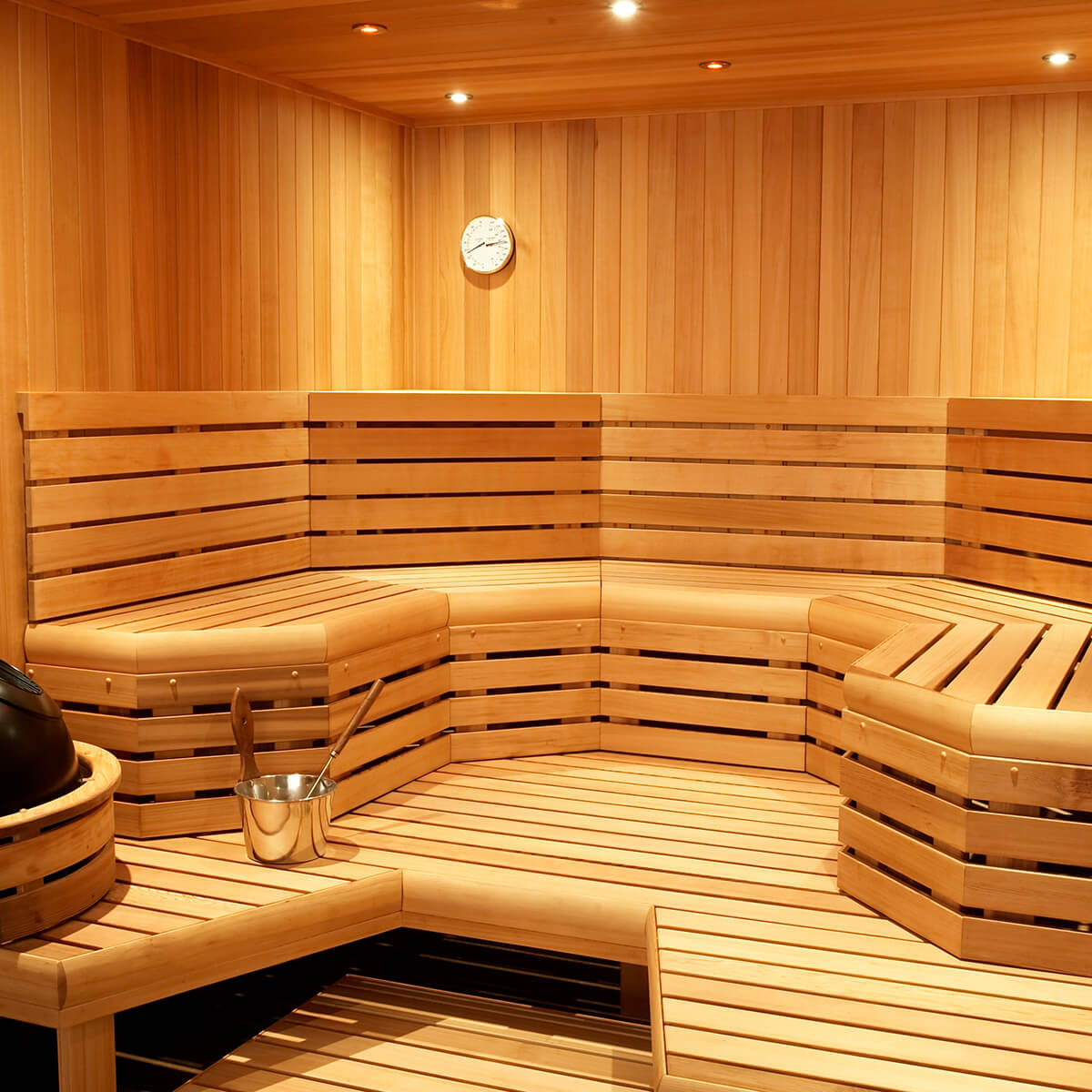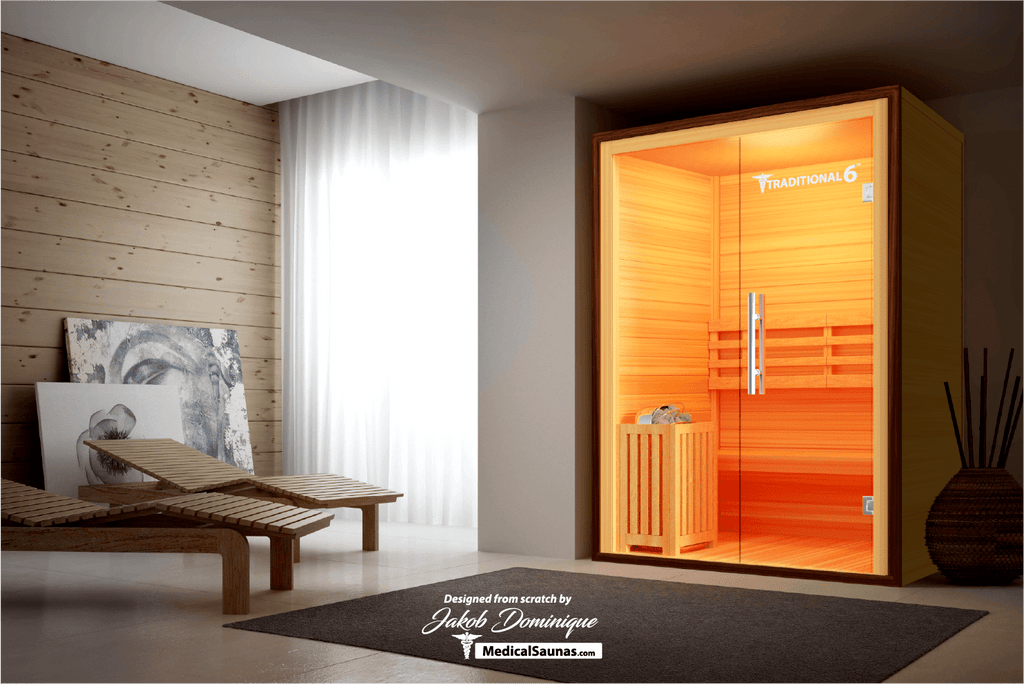Traditional Sauna for Beginners
Table of ContentsExamine This Report on Traditional SaunaThe Facts About Traditional Sauna RevealedGetting The Traditional Sauna To WorkAn Unbiased View of Traditional SaunaTraditional Sauna Fundamentals Explained
The majority of the weight shed in a sauna is water loss and is re-gained upon rehydrating. Nonetheless, undoubtedly sauna can be an important part of a healthy weight loss program. To look at the distinctions between standard and IR saunas, I will divide these into proven, theoretical, and fabricated differences.Thus, the hottest factor in the saunawhich goes to the ceiling straight over the sauna heateris typically in between 185 and 190 F. Claims that a conventional sauna exceeds 200 F is merely not true and not relevant for electric saunas offered in the United States. The temperature level for a far-infrared sauna is normally set between 120 and 140 F; nevertheless, unlike the standard sauna, the goal in and IR space is not to achieve a heat.

When a traditional sauna has actually been effectively warmed, the sauna walls are cozy, the air temperature has achieved established temperature level and the rocks are very warmed. As a fascinating side note, the heated walls and the rocks are giving off far-infrared warmth, integrated with the warmed air, to produce an "covering heat".
The Of Traditional Sauna
When the high temperature is accomplished, the aspects cycle on and off to maintain the high temperature. Most traditional sauna users appreciate putting water over the rocks to develop steam to raise sauna humidity levels. The benefits of putting water over the rocks consist of: making the area extra comfy, moistening the nasal passages, and enabling the use of aromatherapy by mixing vital oils with the water.

When the power gets in the body, it creates the body temperature to increase and eventually leads to sweat. In an infrared sauna it's important for the emitters/heaters to stay on practically constantly. Given that there is no mass of rocks to maintain warmth, the sauna will certainly cool down if the emitters turned off.
Traditional Sauna - Truths
As pointed out above, the sauna bather in an infrared room intends to position himself before operating emitters to get maximum take advantage of the heat. The heating time for the 2 areas can be really various, relying on exactly how the areas are utilized. For a traditional sauna, a bather ought to permit 30-40 mins for the room to attain a preferred temperature level and to properly pre-heat the rocks.

A well built sauna will typically accomplish a temperature level of 150-160 F in regarding 30-40 minutes. For hotter temperatures, the room might need to warm for a longer period.
To some, 15 minutes was "thrown away" while the infrared power heated up the wood panels instead of warming a body, while others find a pre-heated area to be much more comfortable and think an elevated starting temperature is needed to begin perspiring. The length of recommended use for every room is roughly the very same (10-15 minutes per session); however, due to the lower air temperatures and the capacity to really feel the results of infrared heat faster than a typical sauna, it is not uncommon for an individual to spend a total amount of 20-30 mins in an infrared sauna.
All About Traditional Sauna

The ordinary expense per kWH of electrical power in the U.S. is around $0.11, so a 4.5 kW heater will cost approximately $.50 to compete one hour, if the heating unit runs continually for one hour. click here to read Generally a sauna heater will certainly compete 75% of the very first hour and 50% of succeeding hours on since the elements cycle once the established temperature is achieved.
A 2 person far-infrared area is typically physically smaller sized than a traditional sauna, often about 4' x 4' or smaller. The IR heater is typically 1.5-1.7 kW making use of a 120 volt 15 amp plug-in service. Because the room can be made use of earlier than a sauna room, we will think the room is utilized for to of an hour consisting of warm up time.
There is a rarely reviewed distinction in the social experience in between the two areas. While our culture has actually shed some of the social advantage of the standard sauna experience, it can be extremely socially gratifying (Traditional Sauna). From family time in the sauna, to heart-felt conversations with loved ones, to sauna partiesthe traditional sauna experience can cause intimate mingling
Our Traditional Sauna PDFs
Many greater end infrared areas consist of colored light therapy, stereo and full-glass fronts. The size of most rooms enable 2 people to comfortably use the area, while some layouts might enable for a 3rd or fourth person to use the web link room. Custom-made infrared areas are also available, with room dimensions available as much as 7' x 8' x 7' high.